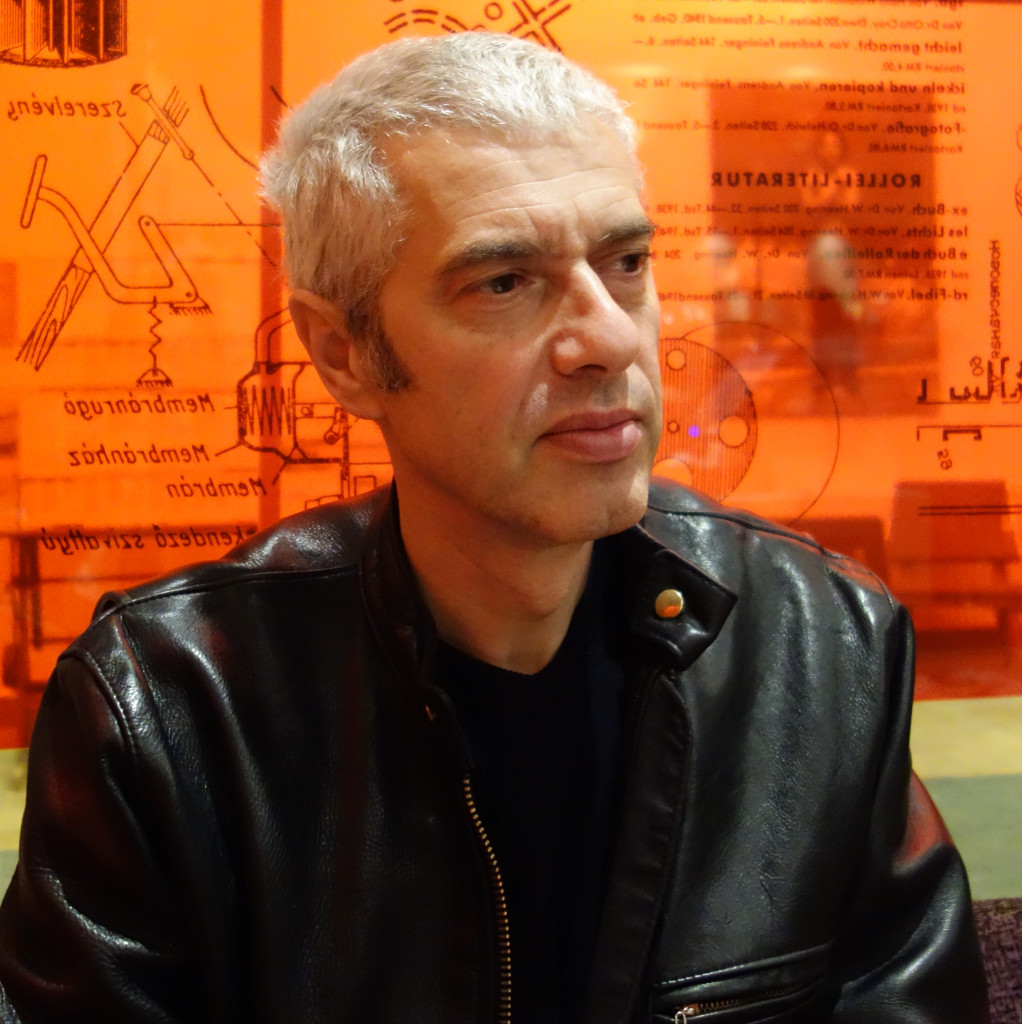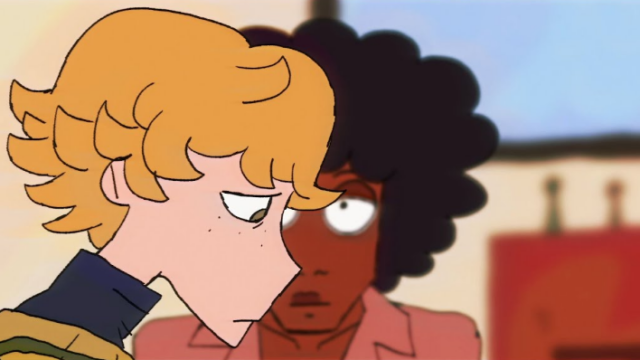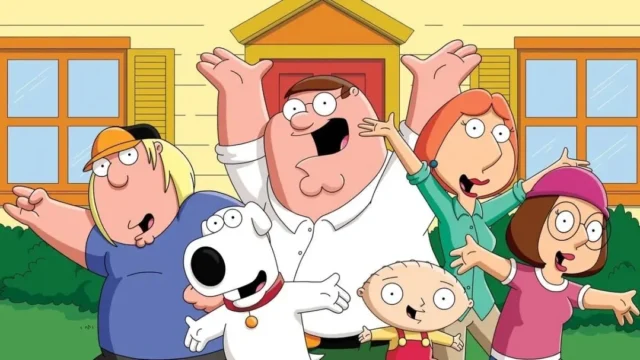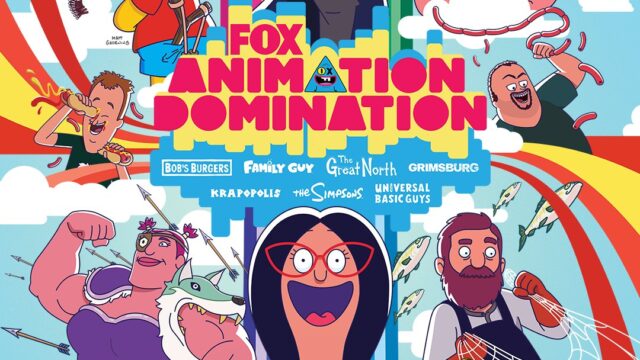Exclusive Interview: Pierre Földes On Directing “BLIND WILLOW, SLEEPING WOMAN”

John Schwarz: Where did the idea come to adapt Haruki Murakami’s work into an animated film and what were some of the challenges in going from words to visuals?
Pierre Földes: I’d been an avid Murakami reader for years when I started making my own films, both in live action, in animation and everything in between.. So one day an agent who was enthusiastic about my work asked me what I wanted to do next, somehow the first thing that came to mind was, ‘’I want to adapt Murakami into an animation feature.’’
There were no real challenges adapting Haruki Murakami’s work into animation, because I proceeded in stages of creation. Meaning that first I handled the script and only that. It was intense and fascinating. But nothing frightening at all, because, how could there be anything frightening coming from something you love? I guess I’d say, it’s like making love for a very long time and losing all notion of self while constantly going deeper into something both primitive and very delicate. In a second stage, once the script was finished. I moved on to the storyboard, which is exactly when I decide how to transpose words, action, dialogue into framing and images. It’s a process of questions and answers: what is it I want to see at that point? It’s a simple as that.
How did you come about to utilize the animation process that you chose?
The answer is already somehow implied in your question. My general approach is not to utilize anything, but to create it; My approach is an artistic one, where style and technique work hand in hand. I can’t imagine doing something just utilizing techniques that have been made before. I need to create my own vocabulary to express my unique voice. So creating that animation technique just happened the same way I’d created other animation techniques for different projects earlier. This technique I created for the needs of this film. I find it ironic that another film by another famous animation director is now utilizing my technique to create his film.
How did you come up with the palette of colors that you wanted to work with for the animation sequences?
Interesting, well, I had a statement I had made from the beginning, that I wanted to work with a limited amount of colors at the same time. Meaning, that I didn’t want to limit the number of colors overall, but only within the same sequence. It comes from my love for old posters where they had a limited range of colors which gave a lot of strength to the images.
Pierre, traditionally your experience has been working in live-action, was there a lot of “learning on the job” as it pertained to producing an animated feature?
I don’t really understand it, but not really, I know a tremendous amount of stuff! To tell you the truth, I could make a film from beginning to finish all alone. One of my biggest frustrations or challenges comes from the fact I (too) often think I know better than others what to do, so it’s tough sometimes (often) to let others do what I think I can do better. You can say I’m a megalomaniac, sure, I think I’m just an artist with different abilities, that all come from the same place, the same inspiration. That said, I’m very happy to find people who can do something I can’t! I love it!
Was there ever a consideration not to adapt the entirety of Murakami’s short stories and instead just work on a short few or was it always the intention to adapt the entire collection?
Well, that’s exactly what I did; I worked on a few stories from one collection, a few from another and a few from a third collection. I just picked what inspired me the most. The stories, that remained the most mysterious to me;
What are some animated works that you are particularly interested in that you think have helped provide the pathos for the feature?
On that aspect not so much animation, rather live action: Antonioni, Fellini, Lynch, many more, but those are the first that pop up in my mind.
The film deals with a pretty traumatic period in Japan’s history. What was it like trying to approach a sensitive project but still bring with it some comedy elements?
The traumatic period is only of interest to me from the point of view of how it can trigger something. Make directions change. The characters in the film haven’t been directly affected by the earthquake, but it affects them indirectly by triggering in turn an internal earthquake. So the intensity of the drama is a little remote from them. There’s always a place for humor in a film if you want to put it in. When making the film, I didn’t feel the need for humor other than in the duo Katagiri/Frog and yes a little with the Sasaki Character, who is Komura’s colleague at work who is constantly making fun of him in a rather harsh way. He wants to provoke him and uses sarcasm as a tool to do so.
After having worked on this animated piece, are you interested in revisiting the idea of doing future animated films?
I found out the hard way that animation for adults is a tough journey, so to keep things simple and maybe avoid being quite so harsh on myself and my family, I’m writing two films, one of them is a live action film based on the work of Naguib Mahfouz, a Nobel prize winner. The other is an animation film for children that involves cats, witches, a donkey with stinky breath and a reversed world.
Read our review for Blind Willow, Sleeping Woman





